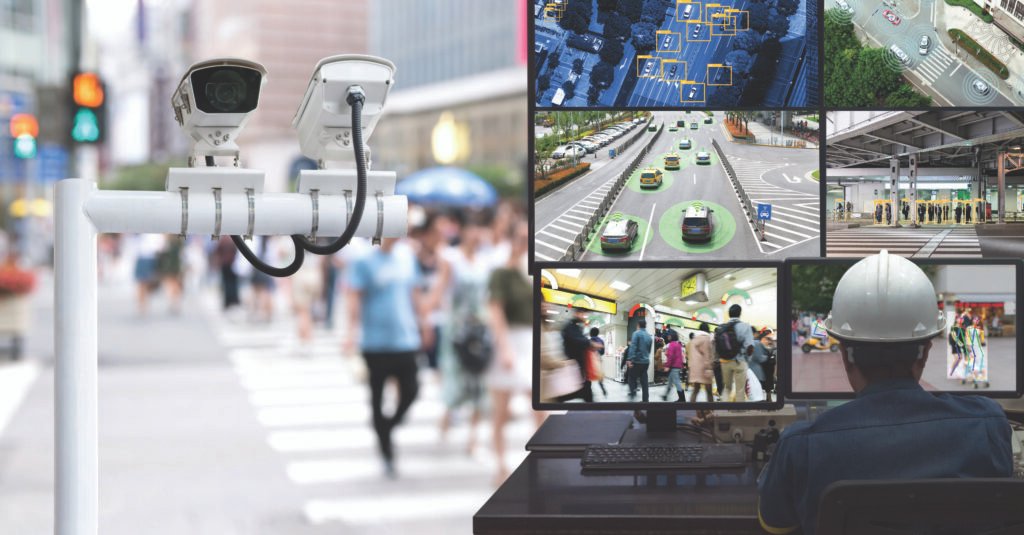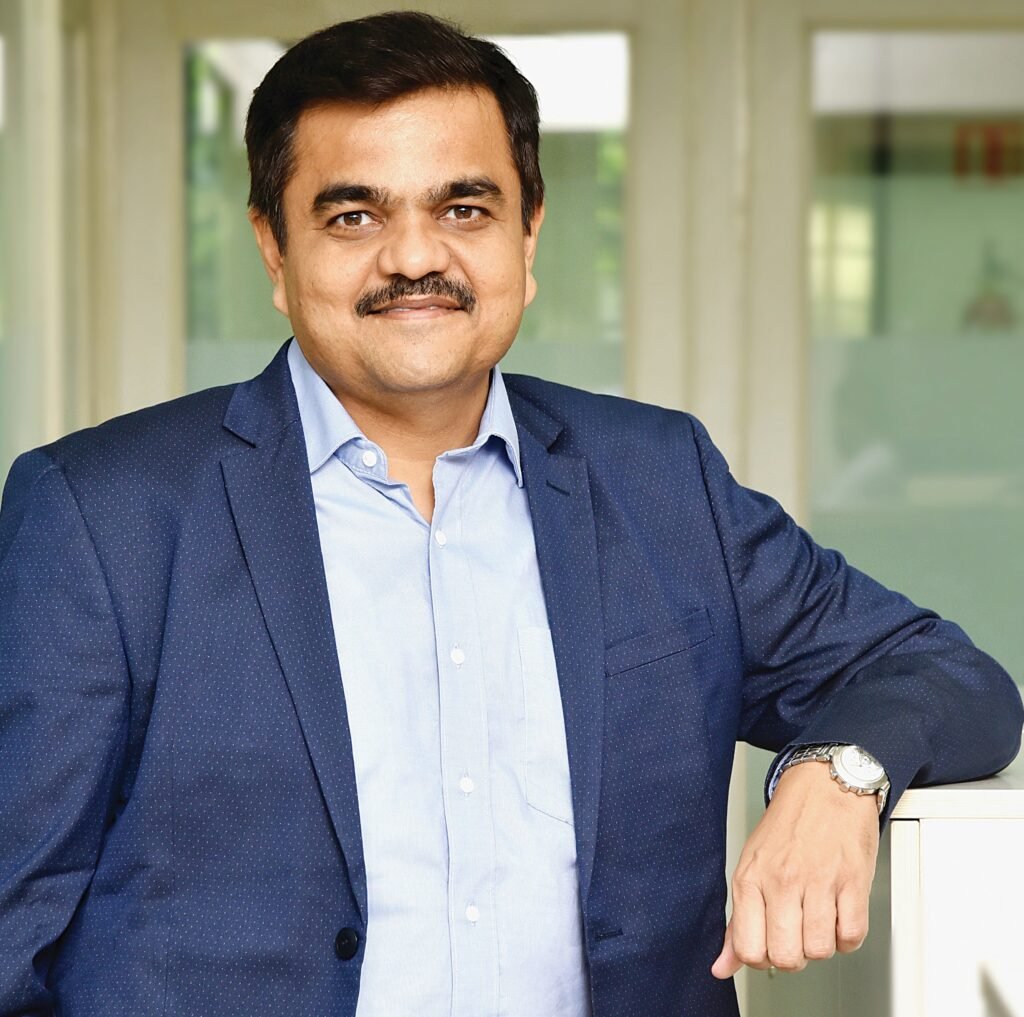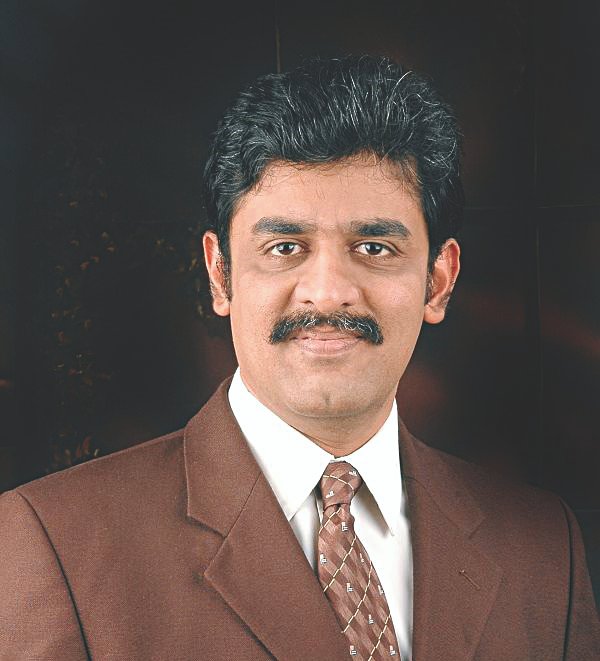 The buzz around Artificial Intelligence (AI) has pervaded the infrastructure and logistics markets and stakeholders across the globe take a second look at this emerging space. Sid Jalan explores how AI will figure in Surveillance and Traffic Management.
The buzz around Artificial Intelligence (AI) has pervaded the infrastructure and logistics markets and stakeholders across the globe take a second look at this emerging space. Sid Jalan explores how AI will figure in Surveillance and Traffic Management.
India consistently ranks as one of the most dangerous countries when it comes to road safety. It has not gone unnoticed by the government, which aims to cut road fatalities by 50% in 2025.
This will include technology enabled by AI, with Nitin Gadkari, Minister of Road Transport and Highways (MoRTH), stating that the government is exploring the implementation of AI systems for enforcement purposes. The iRASTE initiative was also launched as a test project to see if AI can be used to improve road safety.
AI and Traffic Management
The potential for AI in traffic management through video surveillance is vast. The global smart traffic camera market was valued at $8.36 billion in 2020 and is estimated to reach $32.34 billion by 2030.
The functionality of AI within video surveillance is not just in capturing the data, but also to process it for actionable insights and real-time optimisation. These AI-based solutions can automate the process of monitoring video feeds from multiple cameras simultaneously and reduce the dependence on human operators.
These can be used for traffic monitoring and tracking, congestion control, intelligent traffic signal control, predictive traffic analysis, blind spot removal, traffic enforcement, and optimised route guidance through traffic patterns.
The Kerala and Delhi state governments have already given a go-ahead for the implementation of AI-based camera systems. In Kerala, 726 cameras are being deployed which will be used to track traffic violations for helmets, seat belts, parking, signal jumping, and excessive speeding. This was sanctioned through the Fully Automated Traffic Enforcement System (FATES) under the Safe
Kerala project.
In Delhi, AI-based cameras will be deployed at the entry and exit points to the city, keeping track of any violations. Using enhanced video capture functionalities, these cameras will check for Pollution under Control Certificate and emissions, lane driving behaviour, and overloading of trucks.
The aim of these cameras is to integrate with the e-Challan system for better enforcement of traffic rules, thereby helping improve road safety.
Smart Traffic Management
Over 4 billion people across the world live in urban areas, with this number expected to double by 2050. This has the potential to worsen the already choked roads of India, with an average Bengaluru driver losing about 260 hours a year in rush hour traffic. These factors have propelled governments across the world to focus on creating smart and efficient cities, with traffic management playing an important role in this transition.
This includes systems like intelligent and adaptive traffic signals. These can scan the volume of cars driving on the roads, syncing up with all cameras and signals within a grid. It leverages AI systems to calculate the average speed of the vehicles and manages the timing of the signals to reduce congestion and keep the smooth flow of traffic. This can also process the vehicle movement to reduce emissions, by cutting down idle time for vehicles
at signals.
Smart video systems ITS solutions are providing major strategic advantages. With real-time traffic awareness and alerts for congestion and traffic incidents, authorities can stay one step ahead to reduce traffic jams.
Ashish P. Dhakan, MD & CEO, Prama Hikvision India Pvt. Ltd.
Ashish P. Dhakan, MD & CEO, Prama Hikvision India Pvt Ltd, states, “Smart Traffic systems can collect traffic data including traffic flow, speed, status, queue, time headway, space headway, number of parked vehicles in the area, average delay, space occupancy, time occupancy, average parking time, and road status.”
According to Aditya Khemka, Managing Director, CP PLUS (Aditya Group), AI algorithms can analyse vast amounts of data, such as historical traffic patterns, road conditions, and real-time data, to optimise route planning for logistics movements. “By identifying the most efficient routes, considering factors like distance, traffic congestion, and delivery time windows, AI systems can help reduce travel time and improve overall logistics efficiency.”
V2X (Vehicle to Everything) and V2V (Vehicle to Vehicle) communication could be the next layer of utilising AI, as sensors could be integrated into the grid system and better enforcement of traffic regulations – a precursor and requirement for autonomous vehicles.
Srinivasan, Director & CEO, AllGoVision, says that with the advent of 5G, it will be worthwhile to start looking at Vehicle to Infrastructure (V2I) solutions so that vehicles and traffic infra can communicate to avoid road accidents and smoothen traffic flow.
Technology
The successful utilisation of AI for traffic management is underpinned by the technology that is deployed. Ashish Dhakan says, “Smart cameras that combine video, audio, radar, thermal imaging, humidity detection… and multiple AI features in a single device are being built. One example is our early-warning traffic solution, which combines smart video and radar technology to “see” objects on the road long before they are visible to drivers, even in very low-visibility weather conditions. If there are dangers around a curve or farther down the road, or blind spots caused by intersections, drivers are notified in real-time via roadside digital signage, giving them plenty of time to brake.”
It can be considered as a form of multi-dimensional perception, providing nuanced data points for the AI systems to analyse even in poor weather conditions, with Automatic Number Plate Recognition (ANPR) or License Plate Recognition (LPR) capabilities allowing for direct enforcement of any violations.
By measuring the traffic density at key points in a city, traffic flow can be smoothened by automatic adjustment of signal timings. A traffic dashboard can provide the traffic police with accurate real-time data to decide on route diversions when needed.
Srinivasan,
Director & CEO, AllGoVision
The data-input points like sensors and cameras would communicate with the cloud or server storage, which will feed the Machine Learning (ML) systems for data analysis and processing. These, in turn, would provide an action point to adaptive traffic signals, smart parking systems, tracking services, and navigational systems.
“The way to simplify and accelerate the process of deploying AIoT solutions is to implement open architectures and platforms that can be integrated seamlessly with other traffic management systems. We provide solutions with open Application Programming Interfaces that can be easily integrated into traffic management environments via a software development kit (SDK). Partners and customers can also develop their own value-added applications for our AIoT solutions with Hikvision Embedded Open Platform 2.0 (HEOP) to further increase their AI capabilities,” adds Dhakan.
The deployment of this technology would include:
- Smart cameras systems
- IoT sensors
- Integrated and connected traffic signals
- Smart toll gates
- Edge storage and processors
- Cloud computing with control systems
- Centralised servers and storage
- AI and ML capabilities
Elaborating on this, Dhakan adds, “We are now highly focused on developing the next generation of multi-dimensional perception solutions, and artificial intelligence algorithms for our customers’ traffic management. We are also exploring as-yet untapped bands in the electromagnetic spectrum, covering X-rays, infrared rays, millimetre waves, sound waves, and many more to assess their potential applications in future traffic management technologies.”
Edge storage and computing
Another aspect that is gaining prominence is the formulation of Edge computing for traffic management. Latency can always creep in when you are trying to transmit vast volumes of data between collection points and centralised servers. Creating node-based edge computing stations can allow data-processing at the point of collection, thereby reducing the latency.
AI video analysis can be conducted at the nodal point, with 5G networks being used to transmit analysed data. This can save on building costs, server costs, setup time and network bandwidth. If there is communication between the edges and the vehicles, this information can be communicated directly to the driver as a real-time alert.
Real-time edge communication with the driver could possibly lead to a correction in driving behaviour and reduce the number of accidents from not wearing seat belts, speeding, lane changing, or even inattentive driving.
Aditya Khemka states, “Scaling edge computing infrastructure to accommodate growing logistics operations requires significant planning and resources — deploying and managing edge computing infrastructure across a wide geographical area can be challenging. Logistics providers would need to invest in edge devices and networking equipment, ensuring reliable connectivity at various locations.
“Edge devices have limited processing power compared to centralised cloud infrastructure. Deploying AI models on edge devices may require optimisation and trade-offs in terms of model complexity and computational requirements. Ensuring efficient data processing and deploying lightweight AI models that can operate within the constraints of edge devices is essential.”
Establishing independent oversight mechanisms and accountability frameworks can help ensure the responsible use of the collected data and guard against potential misuse.
Aditya Khemka,
Managing Director, CP PLUS (Aditya Group)
Challenges with using AI
 AI-enabled traffic systems and surveillance is becoming an important aspect of any future city planning, a key mover for logistics, management and automated toll operations.
AI-enabled traffic systems and surveillance is becoming an important aspect of any future city planning, a key mover for logistics, management and automated toll operations.
However, it comes with its own set of concerns:
Sharing of data and communication – India has different departments and government bodies that deal with various aspects of infrastructure and transport. Without seamless sharing of data, AI systems will be working on limited data and providing inadequate output.
According to Khemka, “Achieving inter-agency sharing of video surveillance data can be a complex task, but it is vital for the effective implementation of modern-day surveillance systems. Establishing a comprehensive data governance framework is vital to define roles, responsibilities, and protocols for data sharing among different agencies. Compliance with relevant laws and regulations is paramount when sharing data. Data protection and privacy laws, such as the GDPR, must be followed to safeguard individuals’ rights.”
Privacy – These systems can track various aspects of your movement and can pinpoint your exact locations. There is always a possibility of misuse.
Adding to this, Srinivasan says, “When recording a vehicle’s number plate, the privacy of the individual can be compromised if information falls into the wrong hands. The information needs to be protected by using encryption and having data access restricted for specific user accounts only.”
Khemka feels that the collected data may contain sensitive information about individuals, including their location, appearance, and activities. “To mitigate privacy risks, it is important to ensure that data collection is done in a lawful and transparent manner. Clear policies are being implemented to govern what types of data is collected, how long it is retained, and who has access. Data security plays a crucial role here as the video data collected by surveillance systems need to be stored and transmitted securely to prevent unauthorised access and data breaches. Robust encryption measures, secure storage practices, and regular security audits should be implemented to protect the integrity and confidentiality of the data.”
Accuracy – We have not reached 100% accuracy and according to some sources, this might be an unreachable number. This includes accuracy in data collection and in data processing.
Talking of accuracy, Srinivasan says, “Achieving 100% accuracy is still a concern. Even if the accuracy is above 95%, there will still be 5% of the users who will get wrongly fined for traffic violations. Systems must be in place to identify these cases and perhaps attend to
them manually.”
Dependence on technology – In case of downtime or cyber-attacks, this over-optimisation of systems can create a negative dependency. Failsafe systems will be required that involve human intervention.
Resource deployment – Building these systems requires large upfront capital infusion and highly skilled labour. These can become problematic, especially with the lack of robust domestic manufacturing.
Data standardisation – Data can be stored in different formats and might be readable only by specific tools. A lack of standardisation prevents clear communication between systems, thereby increasing the processing requirements and affecting the costs.
“Data standardisation is critical when dealing with information from multiple sources, adds Aditya. “Establishing common data formats, metadata standards, and data dictionaries can facilitate effective exchange and integration between different systems. This standardisation enables agencies to interpret and analyse data consistently, regardless of the source.”
We have an estimated 326 million vehicles in India as of 2022, with this number having grown steadily year on year. With limited manpower and enforcement, advanced technology has become imperative for road safety and traffic management. The launch of autonomous vehicles, especially domestically manufactured vehicles like Minus Zero, has propelled the need for more robust AI systems to handle this changing paradigm.
Ashish Dhakan explains, “Smart video systems and ITS solutions are providing major strategic advantages – with real-time traffic awareness and alerts for congestion and traffic incidents, authorities can stay one step ahead to reduce traffic jams. What is more, AI-powered solutions can help traffic authorities to make decisions based on video data analytics, to plan and implement effective traffic management strategies in the long term.”
Undoubtedly, AI-enabled traffic systems and surveillance will remain the most influential technology for traffic management.
 TrafficInfraTech Magazine Linking People Places & Progress
TrafficInfraTech Magazine Linking People Places & Progress


